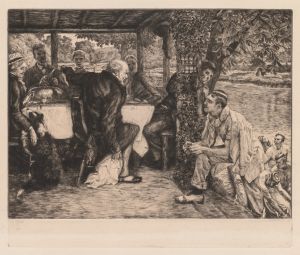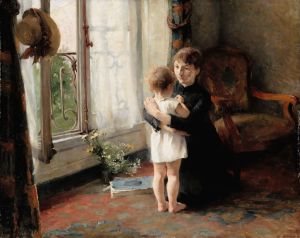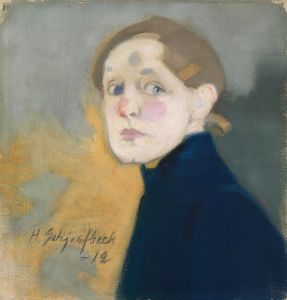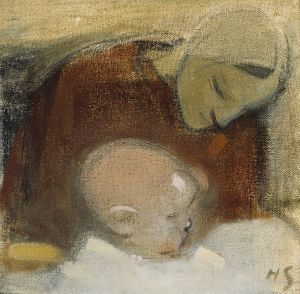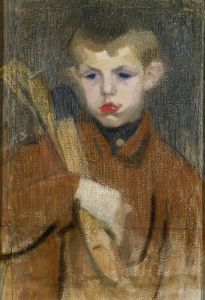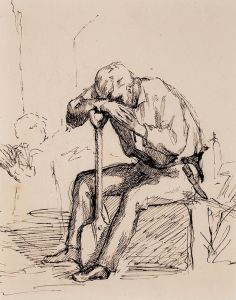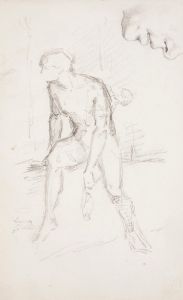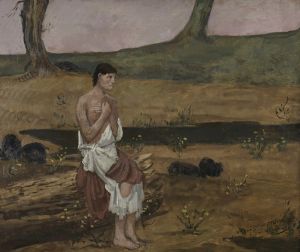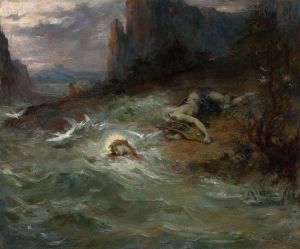
The Rich Man and Lazarus
A hand-painted replica of Helene Schjerfbeck’s masterpiece The Rich Man and Lazarus, meticulously crafted by professional artists to capture the true essence of the original. Each piece is created with museum-quality canvas and rare mineral pigments, carefully painted by experienced artists with delicate brushstrokes and rich, layered colors to perfectly recreate the texture of the original artwork. Unlike machine-printed reproductions, this hand-painted version brings the painting to life, infused with the artist’s emotions and skill in every stroke. Whether for personal collection or home decoration, it instantly elevates the artistic atmosphere of any space.
"The Rich Man and Lazarus" is a painting by the Finnish artist Helene Schjerfbeck, created in 1891. Schjerfbeck, born on July 10, 1862, in Helsinki, Finland, is renowned for her realist and modernist works, and she is considered one of Finland's most significant artists.
The painting "The Rich Man and Lazarus" is based on the biblical parable found in the Gospel of Luke, chapter 16, verses 19-31. The parable tells the story of a rich man who lives in luxury while a poor man named Lazarus suffers in poverty at his gate. After their deaths, Lazarus is carried by angels to Abraham's side, while the rich man ends up in Hades, tormented and pleading for relief. The story highlights themes of justice, compassion, and the reversal of fortunes in the afterlife.
Schjerfbeck's interpretation of this parable is notable for its emotional depth and the use of light and shadow to convey the stark contrast between the lives and fates of the two men. The painting captures the moment of their deaths and the subsequent judgment, emphasizing the moral and spiritual messages of the parable.
Helene Schjerfbeck's style in this painting reflects her transition from academic realism to a more personal and expressive approach. Her use of color, composition, and brushwork demonstrates her evolving artistic vision, which would later become more pronounced in her modernist works. The painting is characterized by its somber tones and the poignant depiction of the figures, which evoke a sense of empathy and contemplation in the viewer.
"The Rich Man and Lazarus" is part of Schjerfbeck's broader body of work, which includes portraits, still lifes, and scenes from everyday life. Throughout her career, she explored various themes and experimented with different techniques, making her one of the most versatile and innovative artists of her time.
Schjerfbeck's work gained significant recognition during her lifetime, and she continued to paint and exhibit her works until her death on January 23, 1946. Today, her paintings are held in high esteem and are featured in major art collections and museums, including the Ateneum Art Museum in Helsinki, which houses a substantial collection of her works.
In summary, "The Rich Man and Lazarus" by Helene Schjerfbeck is a profound and evocative painting that reflects the artist's skill in conveying complex moral and emotional themes through her art. It stands as a testament to her talent and her ability to interpret and express timeless stories with a unique and compelling vision.








